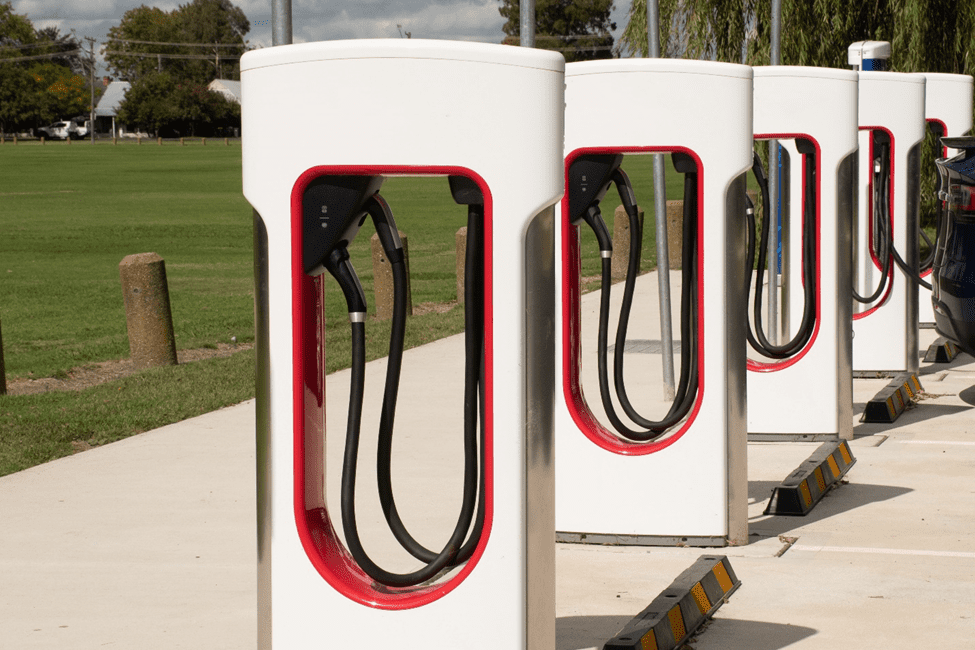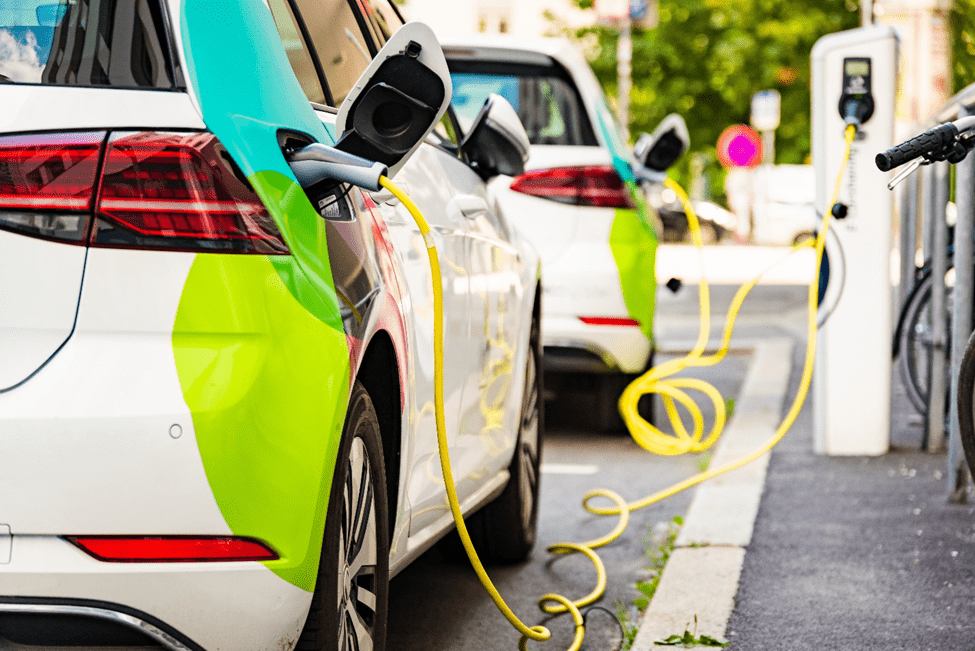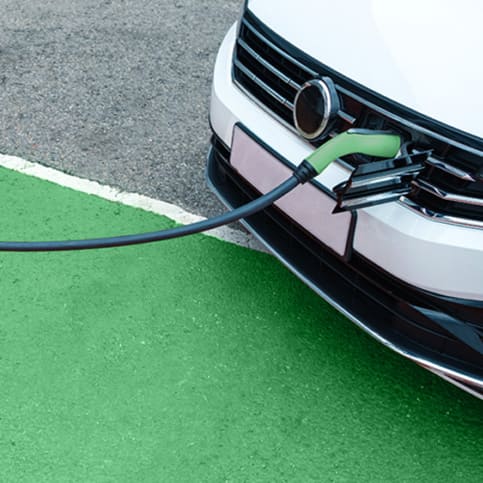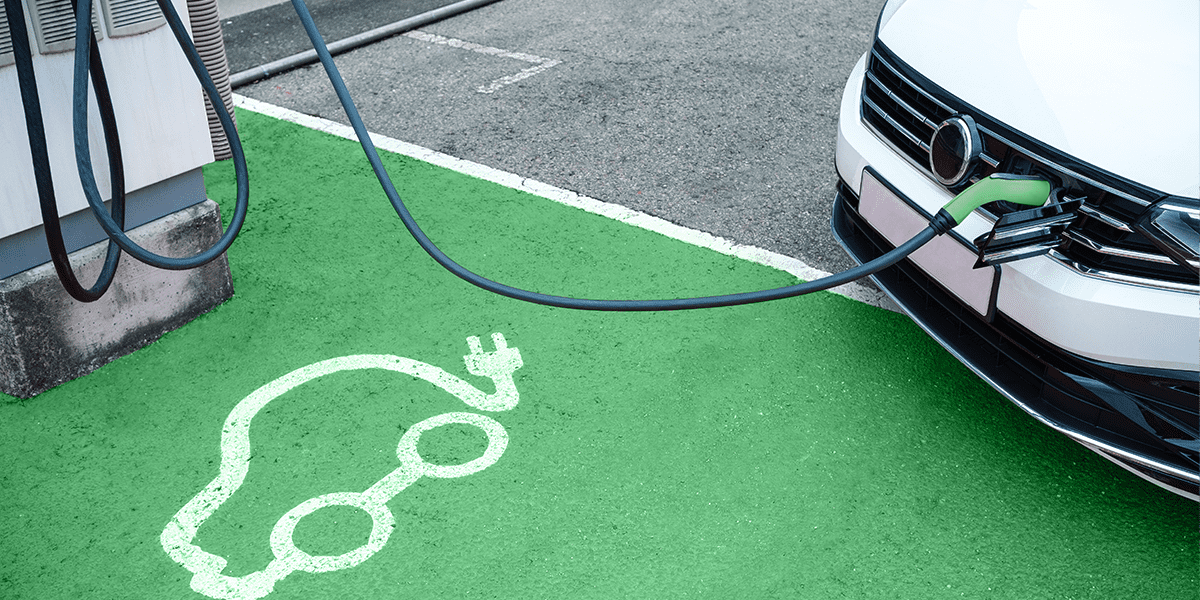Once seen as accessories to buildings, Electric Vehicle (EV) enhancements are now considered to be featured amenities. According to the International Energy Agency (IEA), global EV sales have risen from 4% in 2020 to 14% in 2022, and are expected to increase to 18% in 2023. In California, Gov. Gavin Newsom signed an executive order in 2020 with a goal to have 100% of vehicle sales be EV’s by 2035. Automakers have shifted their focus to producing EV’s in mass and companies and developers are following suit, trending towards EV adoption in multiple ways, including stall installation, fleet use and robot taxis.

The shift to electric vehicles is intended to combat climate change by cutting down greenhouse gas emissions and improving air quality. However, the increased demand for electricity has stirred debate over whether EV charging could potentially strain the grid infrastructure, particularly during peak charging periods.
Microgrids can be used to help manage the load from EV chargers. They can use energy storage and the batteries in EV’s to balance production and usage within the microgrid, according to the Center for Climate and Energy Solutions (C2ES). A microgrid is a localized power system that can operate independently or in conjunction with other power grids.
Our civil engineering teams have worked on numerous projects across the United States that focus on bringing power and charging infrastructure to sites, and site design for EV capabilities. This included converting a site with absolutely no EV capabilities into one with 120 EV charging stalls for robot taxi fleet parking and employee use. This was a very intensive process, taking more than two years to complete. Robot taxis are driverless electric vehicles that rely on sensors, mapping systems and Artificial Intelligence (AI) to navigate and transport passengers, according to Forbes.

As major companies are trending towards the use of EV’s for delivery vehicles, upgraded sites with a focus on significant EV usage is becoming crucial. We work on design development that includes site plans for electrical, joint trench and civil, in addition to load studies, traffic studies, grading and drainage and site accessibility.
Typical site features can include:
- Data centers for collecting vehicle data
- Driver amenities such as restrooms, break spaces and sometimes office spaces
- Wireless access points and solar canopies
- Site access and pedestrian circulation with a focus on safety
- Security, lighting and maintenance/service space
Some important things to consider for retrofit sites include:
- What kind of power does the site have? This will determine how many chargers can be placed in its current condition.
- What kind of switchgear does it have? This will determine how many chargers can be placed in its current condition.
- Where should the EV charging be placed relative to the switch gear? That will drive some of the cost. Closer is better as it reduces the length the utility trench needs to be.
- How quickly are you trying to charge these vehicles? Overnight? Couple hours? This will determine the level of chargers needed.
- Will billing for EV charging use be separate from the building? In California, special rates are provided for EV charging so often times developers use two meters.
Our firm has established relationships and partnerships with local jurisdictions and city representatives and has worked closely with clients that are aiming to deploy EV’s across the country, with multiple locations. Our civil engineering teams have years of experience leading projects and coordinating infrastructure design, dealing with numerous sites with various complexities.

